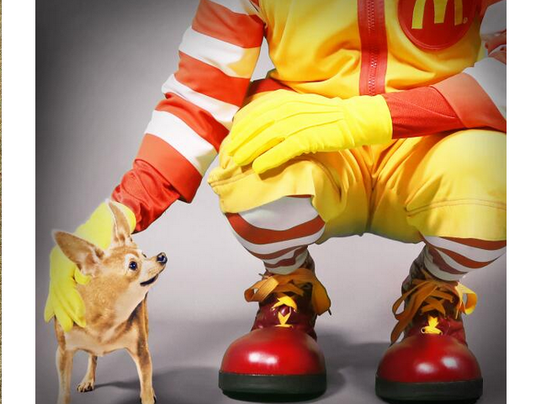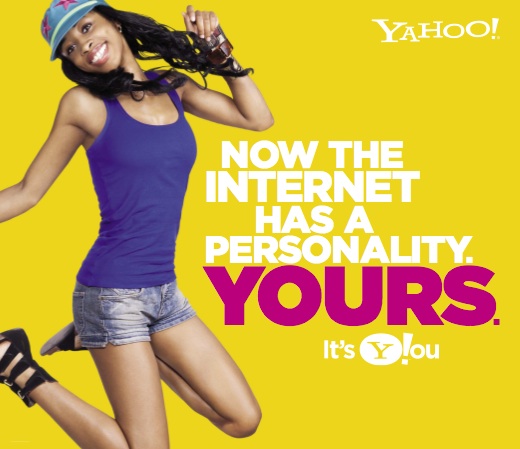I noticed this campaign while traveling home for spring break. There were numerous ads in the Newark Liberty (EWR) airport with the phrase "____ Friendly". Among these were "kick back and relax friendly", "Flyer Friendly", and my favorite, "Faraway Friendly".
More information about their campaign can be found here: https://hub.united.com/en-us/flyerfriendly/pages/default.aspx

The reason I liked this ad the most was because it features a man taking a "selfie". I saw this one while grabbing Ben & Jerry's in the food court.
I think that this ad shows that United understands consumers and the new fad for taking pictures of oneself in unique places. This lends itself to the concept of Motivation and how a brand can increase consumer motivation. United is doing this by making the ad personally relevant by projecting how consumers would actually react to this situation: a person would capture a scenic view with a picture, but more recently taking a selfie would be the "normal" behavior.












